I recently poured a 10’x10′ slab at a golf course for a refreshment building. The slab has 8″ of gravel underneath, compacted, 6″ pad with the perimeter built up to 12″x12″ (like a grade beam) with steel throughout. Before I could put the drain tile around the slab we had a couple of days of heavy rain and alot of water flowed underneath the slab through the gravel. When the excavated soil started to dry I noticed it had almost a rubbery texture. I now suspect that this was not original soil and may be a built up combination of top soil and peat moss. Anyway, the slab has settled at the front end by 1.5 inches. What can be done to stablize the slab? Is there anyway of knowing if it will continue to settle? Any helpful thoughts would be GREATLY appreciated. Gary D.
Discussion Forum
Discussion Forum
Up Next
Video Shorts
Featured Story

Fine Homebuilding is excited to be the official media partner of the 2024 Building Science Symposium series! This event offers builders, tradesmen, architects, designers and suppliers to discuss topics ranging…
Featured Video
How to Install Exterior Window TrimHighlights
"I have learned so much thanks to the searchable articles on the FHB website. I can confidently say that I expect to be a life-long subscriber." - M.K.
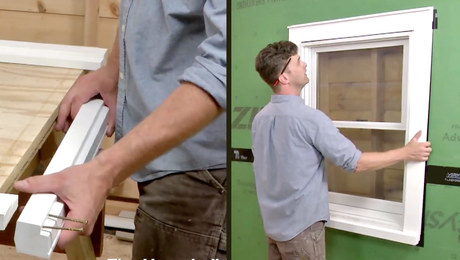


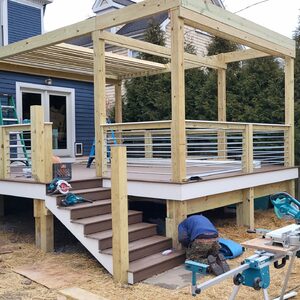




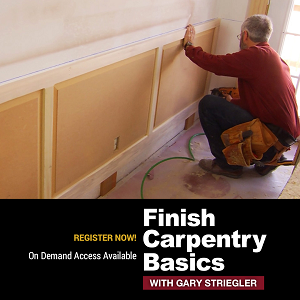


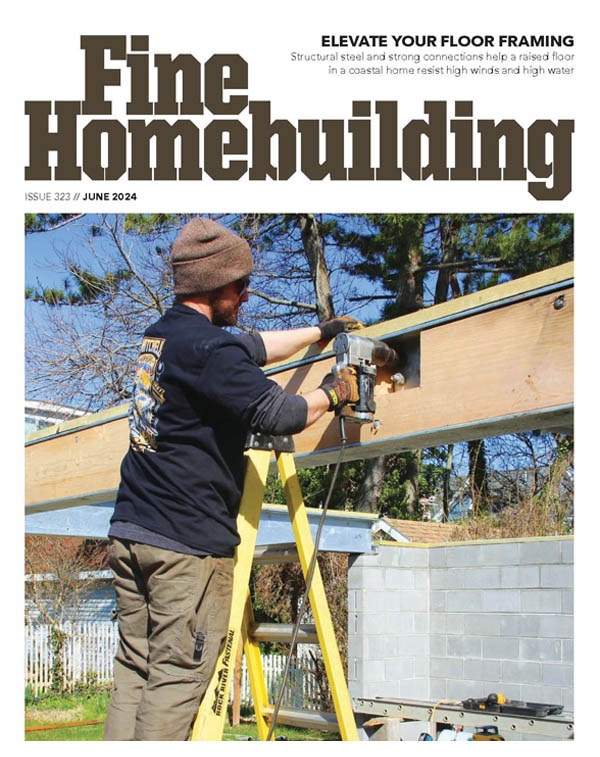

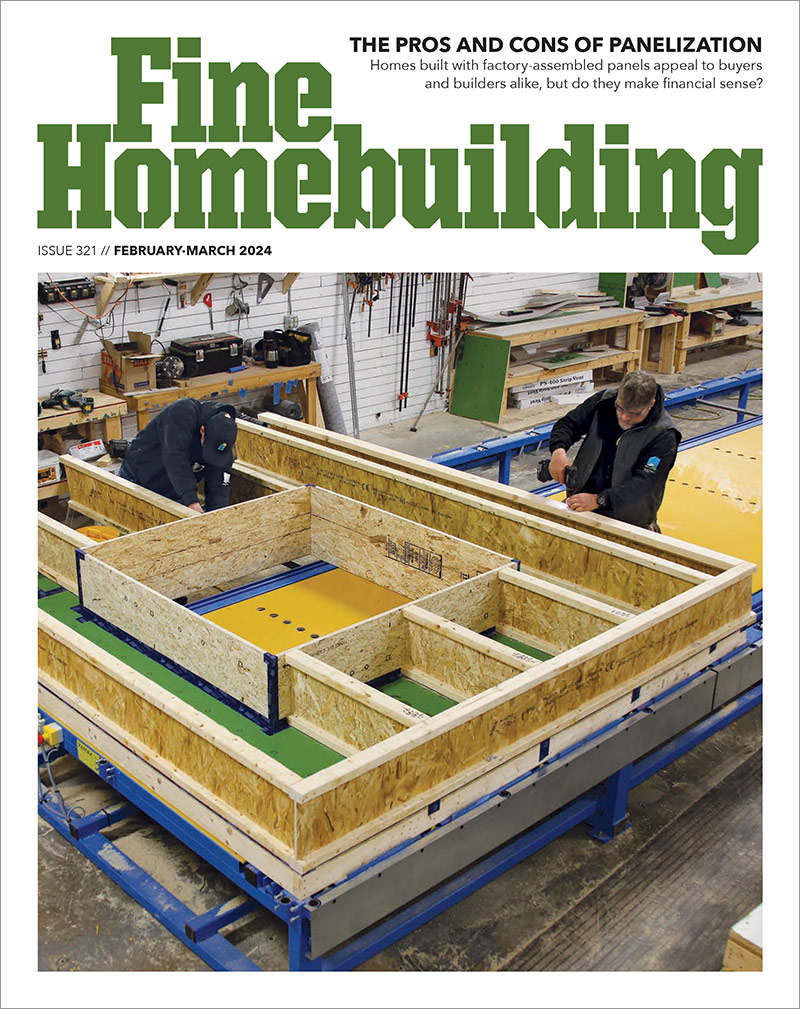
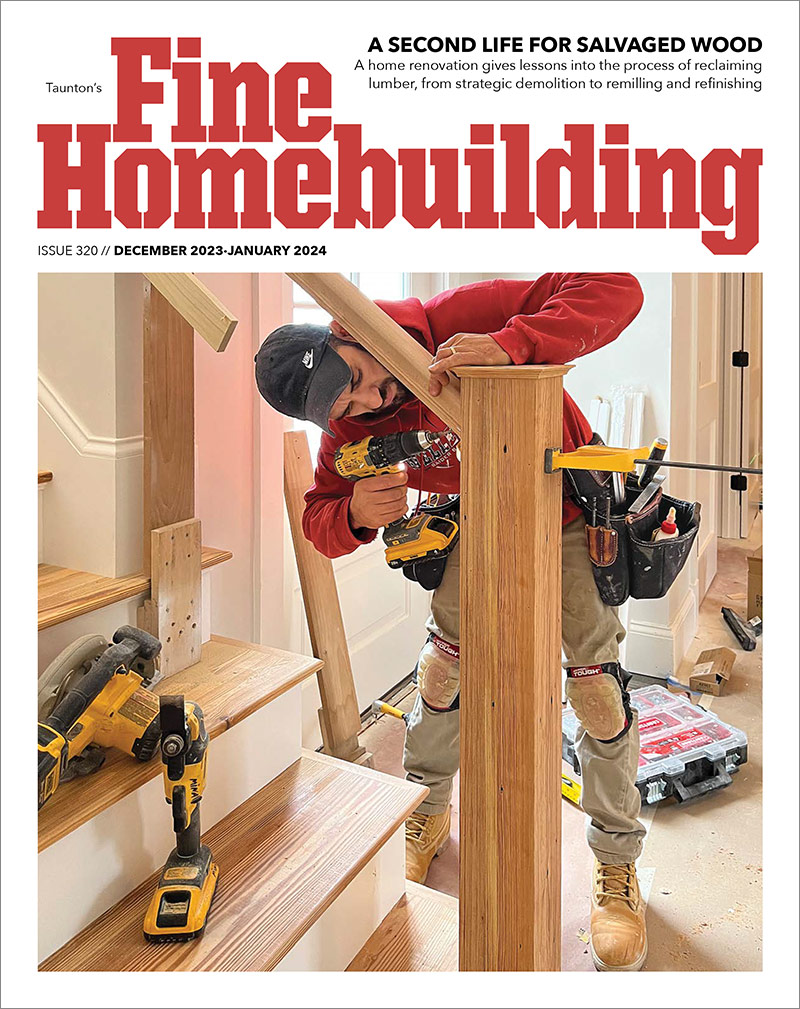
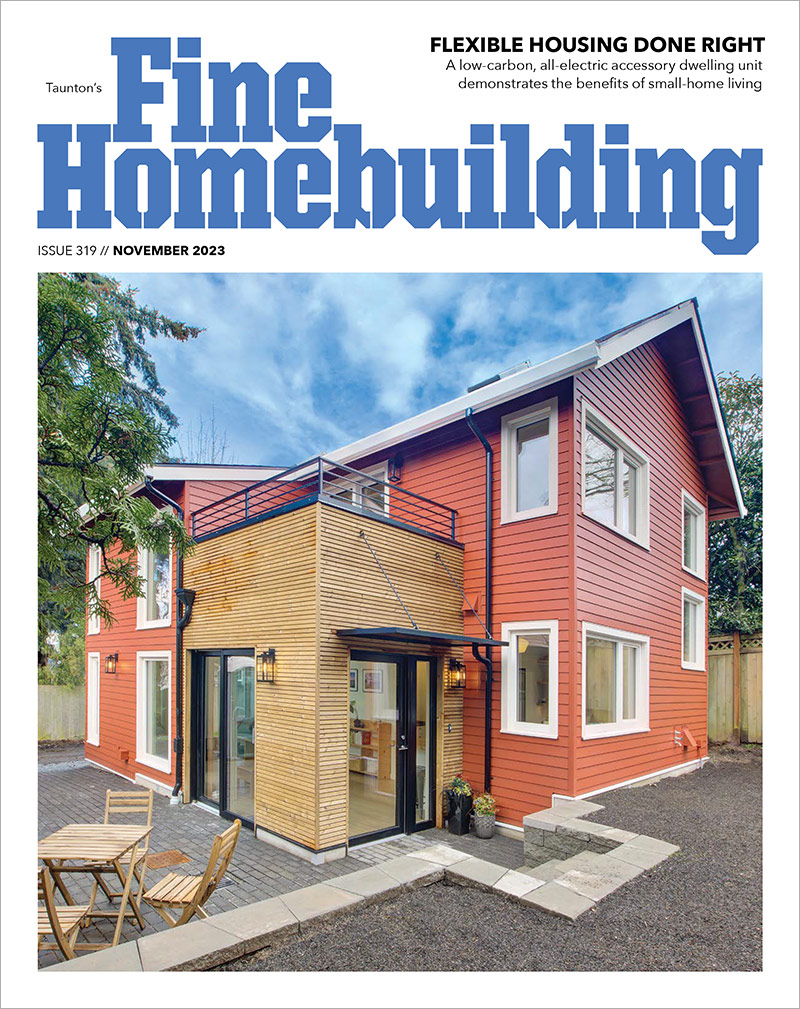

Replies
Wow! This is the one that I wonderd about being so thick.
what I'm wondering now is how you compacted it or if you were sure the frost was out of the ground when you poured.
Excellence is its own reward!
I compacted it with a plate compactor and I guess I can't say I'm sure the frost was out the ground. I still need to see if there is some way to fix this situation.
Actually, the problem is that the slab IS floating...it changes with the soil below. You might call a foundation repair company and have them install a couple of drilled piers, one at each corner, then lift the slab and grout under it. Maybe grout's not needed...6" slab w/ 12" perimeter beam, it will probably hang off the piers with no problem, as long as the piers are built properly and the slab-pier connection is correct.
Do it right, or do it twice.
I have not seen it done, but maybe you have. How about hydrulic jacking of the slab. I know there are companys that use this technique to stabalize and jack up old foundation walls. Don't know a thing about it other than advertisements. Might be a cheaper fix than a hole ram, dumptruck, and rebuilding it.
All I know about hydrojacking is that it's expensive. Demo and repour may be cheaper..
Excellence is its own reward!
"All I know about hydrojacking is that it's expensive. Demo and repour may be cheaper"
Now I am not a contractor and have not had this done, but a friend of mine did last fall. If I am remember correctly she spend $1300. This included a large patio which was odd shaped and probably took extra work to keep it level.
And this include doing do much smaller pads at another house. All of the people that looked at this project (the basic job was to solve was water/drainage problem and this was only part of the job) suggested mud jacking rather than replacing it. And they got nothing out of having it jacked and said to have it done separately. If the slab was replaced these people would have probably been the ones that would have done it.
did you compact the gravel in layers or do it all at once? What size base gravel?
Pics would help if you could provide :)
The gravel was 3/4" and yes I did compact it all at once. GaryD.
Just for future reference, those plate tampers only tamp 4 to 6 ". Your better off with a jumping jack. If there was still frost in the ground, you may have to redo. Can the slab stay off level and you could adjust stud heights for level roof?
If all frost is gone now, you could pour a 2 "skim coat on top of slab to make level.
Thanks for your thoughts, Rick. Had the same input from somebody locally regarding the skim coat or shimming the walls level. I guess the key is to make sure the frost is all gone and this slab will not settle out anymore. Any thoughts on seasonal movement i.e. is this thing going to rock and roll quite a bit or just marginally? Gary D.
Good drainage under, and around slab is the key. If frost is still a fear, you could dig around slab and stand up styrofoam. This will stop frost penetration under the slab. It should also help keep water from travelling under.
Pouring a skim ontop seems the way to go.
Frost Penetration Under Slab
I found this old thread on slab foundation and a solution mentioned regarding styrofoam preventing frost caught my attention.
I have a seasonal cottage at the NY/Canada border with a screened in porch...from the 1950s. The porch was added to the original cottage on a floating slab that appears to be 4 inches thick and is at grade. The slab is 10 ft by 20 ft...and does not appear to have gravel underneath it. The slab does appear to be solid though with no cracks.
We want to enclose the porch with windows but have concerns about the foundation might move a too much for that.. The window rep is the one who highlighted this issue for consideration...essentially suggesting smaller openings and less windows than we were wanting. He also recommended fiberglass vs wood.
Any thoughts/recos?
I doubt that the weight of the windows will make much difference. Depending on your siding the solid walls may weigh nearly as much as windows, and the slab has apparently supported the roof (and snow) for 60 years.
Racking was the concern
Weight was not brought up as an issue. The concern raised was that the 10 ft sides could get racked by frost moving the front of the slab.
So I am looking for ways to minimize this risk...and styrofoam seemed like a reasonable solution without going overboard.
i think I saw another article in the FHB archives suggest having gravel around the perimeter as well.
Right now I've just got concrete over dirt...and no protection for slab...
Regards,
Cliff
Well, you said the slab was solid, with no cracks.
Design the framing so it's isolated from the house, with all the potential motion in a single section adjacent to the house.
I thought this was an interesting enough predicament that we talked about it at coffee break today.
A couple of ideas that floated to the surface (pun intended) were to skim it over with a couple inch pour after making sure that no more movement was likely, or to maybe get a fork lift or bucket laoder to lift the low corner and then tamp more gravel horizontally. Teh probvlem with that latter idea is how do you know when you put enough gravel under that corner..
Excellence is its own reward!